Research Update
We are out on the sea ice again today, collecting sediment samples from our last seafloor sampling site by McMurdo Station: Winter Quarters Bay. The divers, Steve Rupp, Brenda Konar and Terry Palmer collected cores and a few organisms that were at the site. Then the research team (Andrew Klein, Carl Green, Steve Sweet, Terry Palmer and I) put sediments into containers to analyze back in Texas.
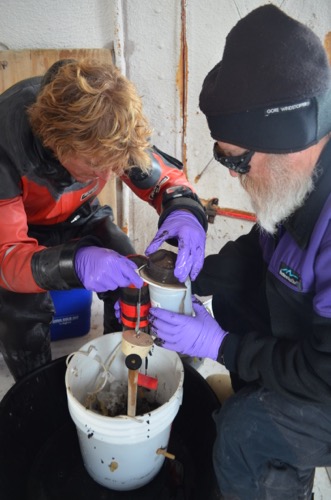
Moving Forward From a Different Time
Winter Quarters Bay was named by Robert Falcoln Scott. It was here that his team and his boat spent the winter for two years during his 1901 - 1904 expedition. It is the southern-most port in the Southern Ocean. Following the historic expeditions of the early 20th Century, McMurdo Station was established as a United States base on February 16, 1956. It was originally called the Naval Air Facility McMurdo. A year later, McMurdo Station began hosting scientific research during the "International Geophysical Year" where countries from around the world collaborated in science projects in Antarctica following the Cold War. The disposal processes at the time were comparable to those in the United States. Unfortunately, that means that the waste was not treated with as much foresight as today. Most of the used oil drums, broken down machinery and other waste was left at Winter Quarters Bay (WQB) and still remains there today.
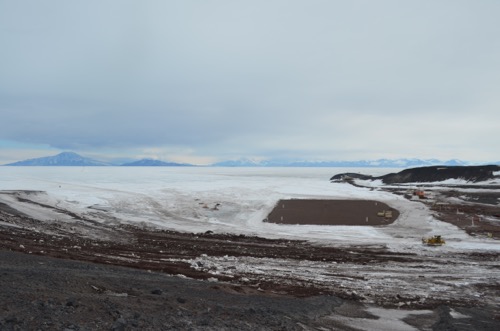
Now waste is not deposited in WQB--instead everything, including hazardous waste is shipped back to the U.S. The waste that remains on the seafloor is fairly well-contained in the bay. There is a ridge at the mouth of the bay (where it opens up into McMurdo Sound) which also helps keep the pollution concentrated in the area. Over time, sediment that is not contaminated is slowly being deposited on top of the polluted areas.
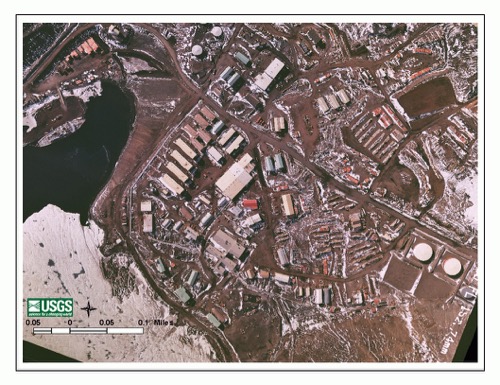
Our team collects sediment samples and organisms from this area to monitor how the pollution is changing over time. Similar to the sewage outfall site, divers have to wear special protective gear since they are diving in polluted waters. Our team has started to see slightly lower contamination levels in the sediment samples from WQB. The divers have also noticed there are less organisms in the bay than in other areas of McMurdo Sound.
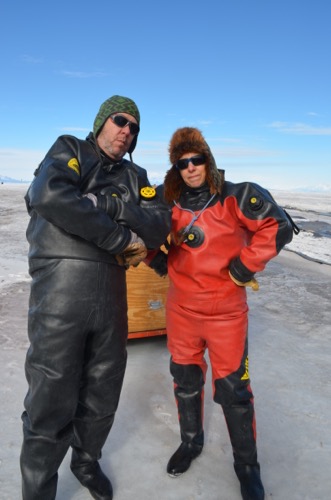
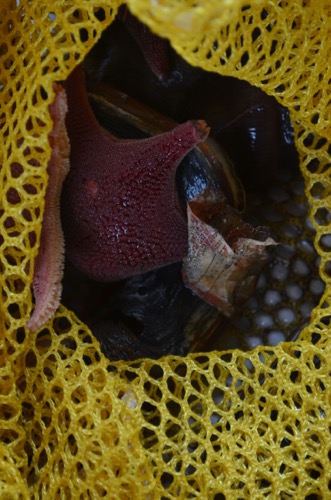
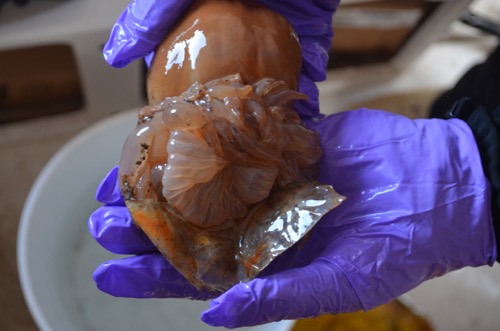
Critical Thinking
Why doesn't the United States Antarctic Program remove the waste from Winter Quarters Bay? What are the pros and cons of doing so?
Yesterday's Critical Thinking Question
Yesterday I asked why the divers get sprayed with bleach and antiseptic upon surfacing from the sewage outflow site (they also get sprayed at Winter Quarters Bay). The reason is they are covered in water that may have harmful bacteria. Although the bacteria may not be dangerous in -2 degrees Celsius, they pose health risks if they are warmed up and come in contact with lots of people.
Life in Antarctica
Eating in Antarctica is an important part of the day. You may imagine a dismal selection of food at the bottom of the world, but it is actually quite impressive. We have a large cafeteria, called the galley, which has many selections of food. On most days, breakfast is from 5:30-7:30 a.m., lunch is from 11:30 a.m.-1 p.m., and dinner is from 5:30 p.m. to 7 p.m. If you miss a meal time, there are always pizza and cookies available, among other things.
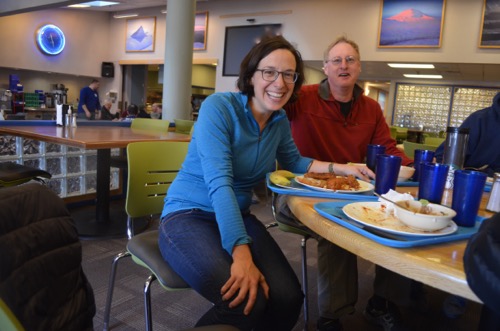
Get Involved: Live Webinar from Antarctica!
December 1st is Antarctica Day! To celebrate, our research team will host a live webinar from Antarctica to talk more about our work and life down here. We also will have time to answer questions! People of all ages (both classrooms and the public at large) are welcome to participate. You can register for the event by clicking here and scrolling down to our event. I hope to "see" you all there!
Ice POD
Today's Ice Picture of the Day is about the pollution in Winter Quarters Bay. To download a PowerPoint Slide, click here: 15_icepod.pptx
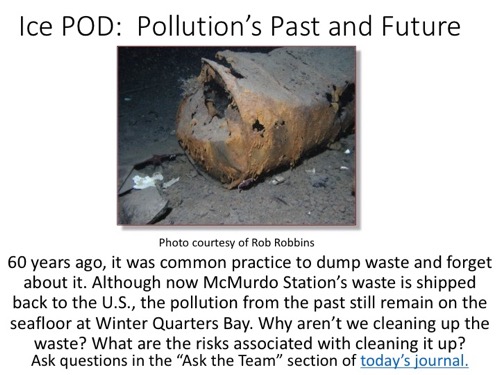
Brought to you by...
Today's journal is brought to you by the Jenny Campbell's class at the Delta School in State College, Pennsylvania.
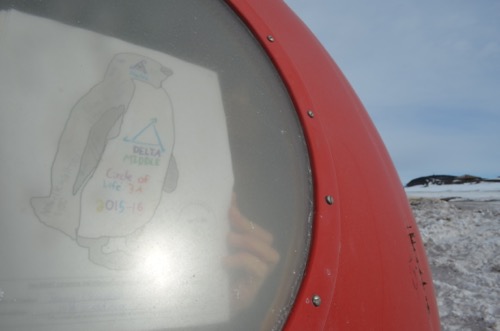
| Attachment | Size |
|---|---|
| 15_icepod.pptx94.01 KB | 94.01 KB |

Comments